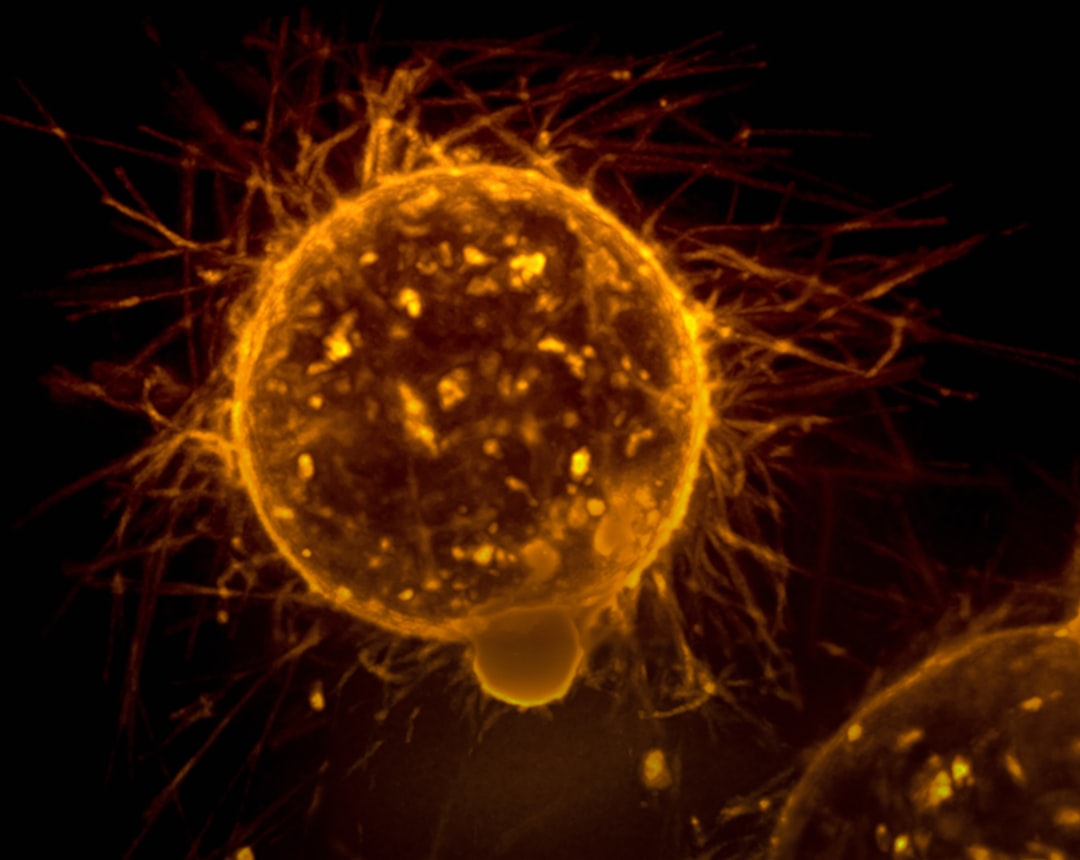What is it about?
Materials distort when subjected to forces, and these distortions can sometimes dramatically alter the electronic behavior. The coupling between the distortions and the electrons can drive unusual behaviors, such as spontaneous change in the lattice structure, or perhaps even unconventional superconductivity. It can be difficult to apply sufficient force to discern any real electronic changes, however we have shown that nuclear magnetic resonance experiments can pick up tiny distortions, equivalent to nearly one part in 100 million. This approach is similar in concept to that used in magnetic resonance imaging to find tiny variations in local magnetic fields in tissues.
Featured Image

Photo by Accuray on Unsplash
Why is it important?
This work will enable precise measurements of the response of iron-based superconductors to lattice distortions. Previous attempts to make such measurements have been unable to resolve the effect quantitatively, but are important for discerning the underlying mechanism driving the unconventional superconductivity in these materials.
Read the Original
This page is a summary of: Measurements of nematic susceptibility with phase sensitive nuclear magnetic resonance in pulsed strain fields, Review of Scientific Instruments, April 2024, American Institute of Physics,
DOI: 10.1063/5.0190229.
You can read the full text:
Contributors
The following have contributed to this page










